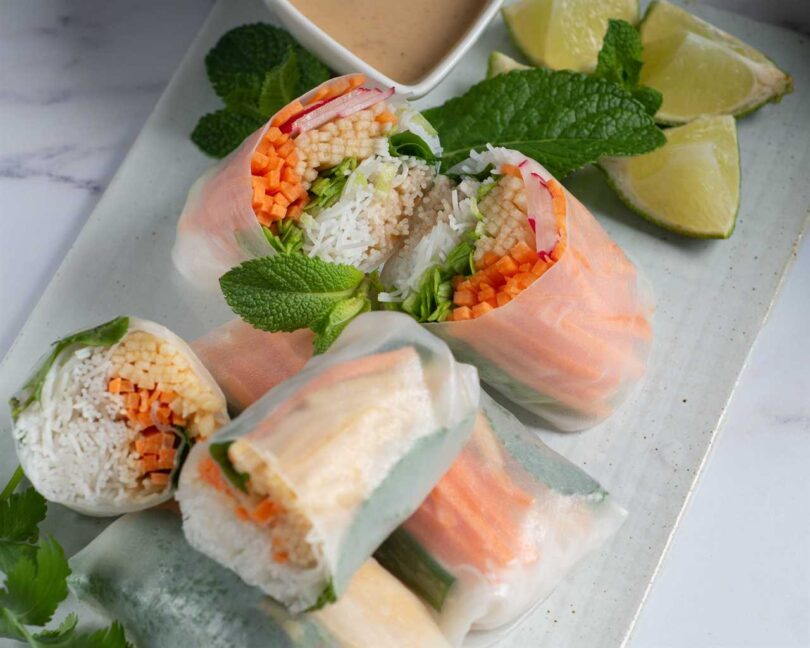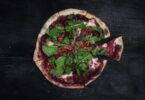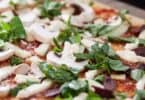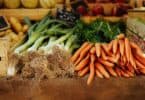
Are you tired of watching your groceries spoil before you can enjoy them? Look no further than the ultimate guide to ‘Food Hacks for Freshness, Flavor, and Storage.’
Packed with practical tips and tricks, this article reveals the secrets to prolonging the life and enhancing the taste of your favorite foods. From freezing and preserving techniques to identifying organic produce, you’ll discover a treasure trove of culinary wisdom.
Say goodbye to wasted food and hello to a kitchen full of flavor. Get ready to revolutionize your cooking game with these game-changing hacks!
Key Takeaways
- Freeze small portions of various sauces and ingredients in ice cube trays for easy storage and portion control.
- Use the PLU code starting with 9 to identify organic produce.
- Keep bread ends or scraps in the freezer for various uses like croutons or breadcrumbs.
- Soak berries in water with vinegar to extend their freshness and prevent mold growth.
Freezing and Preserving Food
She freezes small portions of pesto, broth, applesauce, and pizza sauce in ice cube trays and uses Ziplock bags or freezer-proof containers to store the frozen food cubes. This method allows for easy access and portion control when it comes to using these ingredients in recipes.

For creative recipe ideas, she uses the frozen pesto cubes to add flavor to pasta dishes or spreads for sandwiches. The broth cubes can be used as a base for soups or to enhance the flavor of sauces and gravies. She incorporates the frozen applesauce into baked goods like muffins or pancakes, while the pizza sauce cubes can be added to homemade pizzas or used as a dipping sauce.
To stay organized, she labels each container with the contents and date of freezing, making it easy to plan meals and keep track of what’s in the freezer.
Identifying Organic Produce
The PLU code for organic produce begins with the number 9 and is five digits long. This code is a useful tool for consumers who desire freedom in making informed choices about their food.
By identifying organic produce through its PLU code, individuals can ensure they are purchasing fruits and vegetables that have been grown without synthetic pesticides, genetically modified organisms (GMOs), or other harmful additives. Organic produce offers numerous benefits, including higher nutrient content, better taste, and reduced exposure to potentially harmful chemicals.
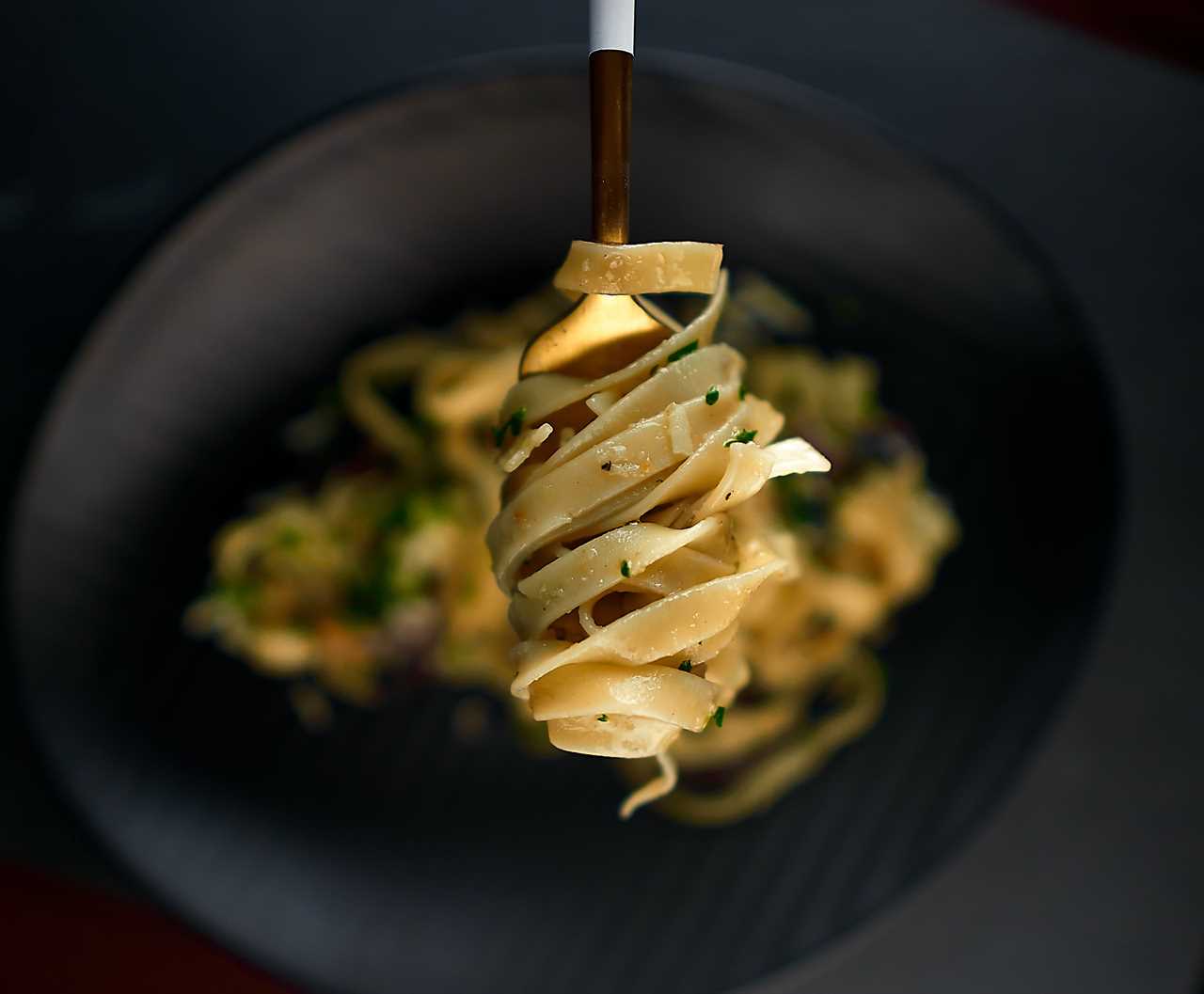
Using Bread Ends or Scraps
When freezing bread ends or scraps, individuals can store them in the freezer and later use them to make homemade croutons, stuffing, or breadcrumbs. Freezing bread ends is a great way to reduce waste and maximize the use of every part of the loaf.
To make homemade croutons, individuals can simply cut the frozen bread ends into cubes, toss them with olive oil and seasonings, and bake them in the oven until they are golden and crispy.
For bread stuffing, individuals can thaw the frozen bread ends, tear them into small pieces, and use them as a base for a flavorful stuffing mixture.
Additionally, frozen bread scraps can be processed into breadcrumbs by pulsing them in a food processor until they reach the desired consistency.

These homemade croutons, bread stuffing, and breadcrumbs are not only a delicious addition to meals, but they also provide a cost-effective and convenient way to utilize leftover bread.
Extending the Freshness of Berries
To extend the freshness of berries, individuals can briefly soak them in water with vinegar to kill mold spores and keep them fresh longer. This simple hack helps maximize the shelf life of these delicate fruits, allowing individuals to enjoy them for a longer period of time. Using vinegar to clean produce is a natural and effective method that eliminates harmful bacteria and mold. By soaking berries in a solution of water and vinegar, any potential mold spores on the surface or within the berries can be eliminated, preventing spoilage and extending their freshness.
| Benefits of Soaking Berries in Water with Vinegar | ||
|---|---|---|
| Kills mold spores | Natural and effective method | Maximizes shelf life of berries |
Testing Egg Freshness
Cracking an egg and observing if it floats in water is a simple and effective way to test its freshness. Here are some methods to test the freshness of eggs:
-
Float Test: Fill a bowl with water and gently place the egg in it. If it sinks to the bottom and lies flat on its side, it is fresh. If it stands upright on the bottom, it is still safe to eat but not as fresh. However, if it floats to the top, it is spoiled and should be discarded.

-
Shake Test: Hold the egg close to your ear and shake it gently. A fresh egg will make no sound, while a spoiled one will produce a sloshing sound due to air pockets that have formed inside.
-
Candle Test: Hold the egg up to a bright light source, such as a flashlight or candle. A fresh egg will appear opaque, while a spoiled one will show signs of transparency or darkness.
In addition to testing egg freshness, stale bread can be repurposed in various ways. Some alternative uses for stale bread include making bread crumbs for breading or stuffing, using it to make croutons for salads or soups, or transforming it into bread pudding for a delicious dessert. These methods provide a great way to reduce food waste and maximize the potential of stale bread.
Knife Techniques
Using proper knife techniques, one can turn the knife upside down to avoid dulling the blade when scraping items off the cutting board. It’s a simple yet effective method that allows for efficient meal preparation without compromising the sharpness of the knife. Another useful technique is to mash garlic cloves with the flat part of a knife. This helps release the flavorful oils and makes it easier to peel and mince the garlic. To give you a clear picture, here is a table showcasing these knife techniques:
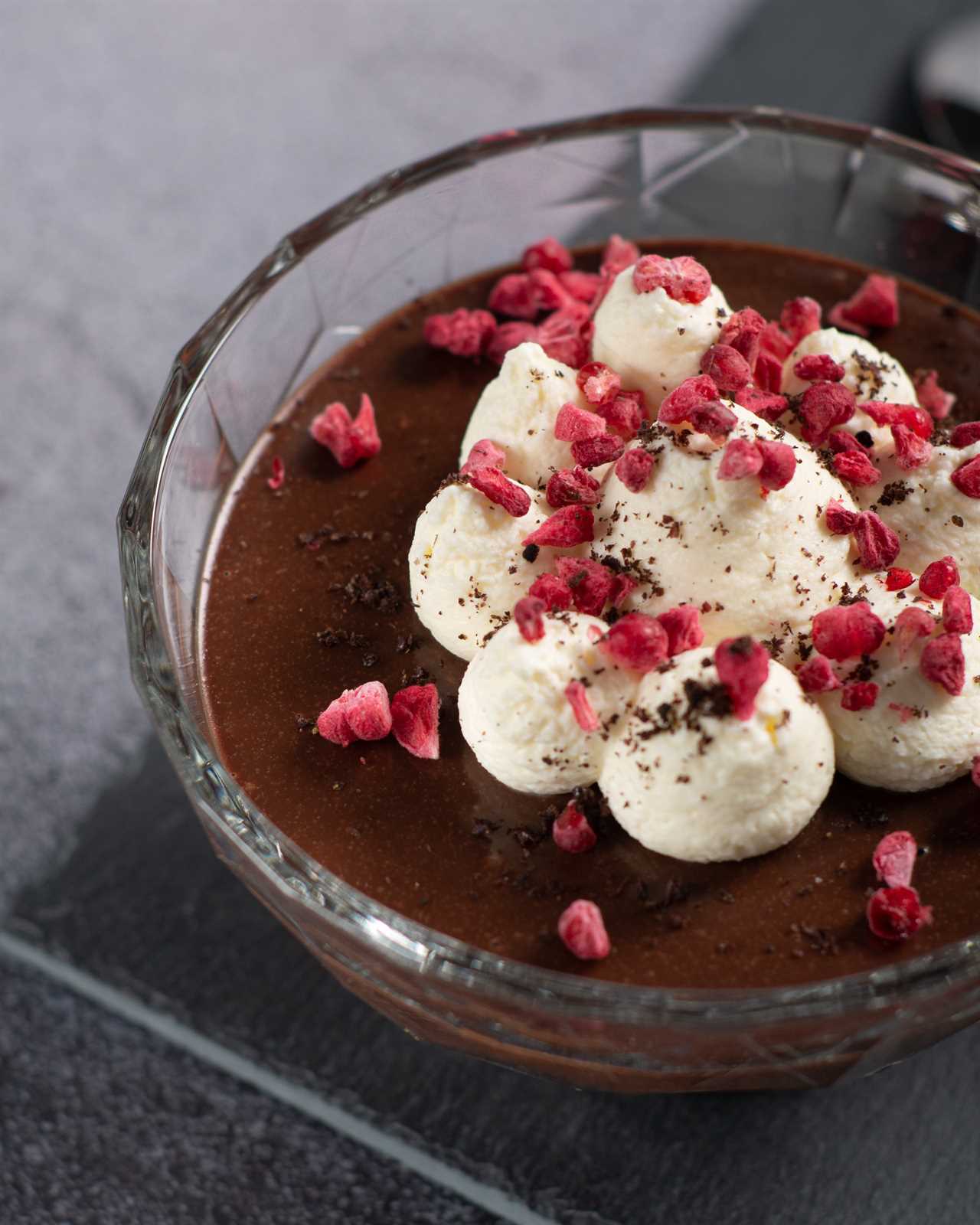
| Knife Technique | Description |
|---|---|
| Turning the knife upside down | By flipping the knife upside down, you can use the spine of the blade to scrape ingredients off the cutting board without dulling the sharp edge. |
| Mash garlic cloves | Use the flat part of the knife or the knife handle to press and mash garlic cloves, making them easier to peel and mince. |
Frequently Asked Questions
What Are Some Creative Ways to Use Frozen Pesto, Broth, Applesauce, and Pizza Sauce Cubes?
Creative uses for frozen pesto, broth, applesauce, and pizza sauce cubes include flavorful popsicles and instant pasta sauce.
These frozen cubes can be a versatile addition to a variety of dishes. By blending frozen pesto cubes with yogurt or fruit juice, one can create unique and refreshing popsicles.
Alternatively, thawed pizza sauce or broth cubes can be quickly heated and tossed with cooked pasta for a convenient and flavorful pasta sauce.
The possibilities are endless with these frozen flavor boosters.
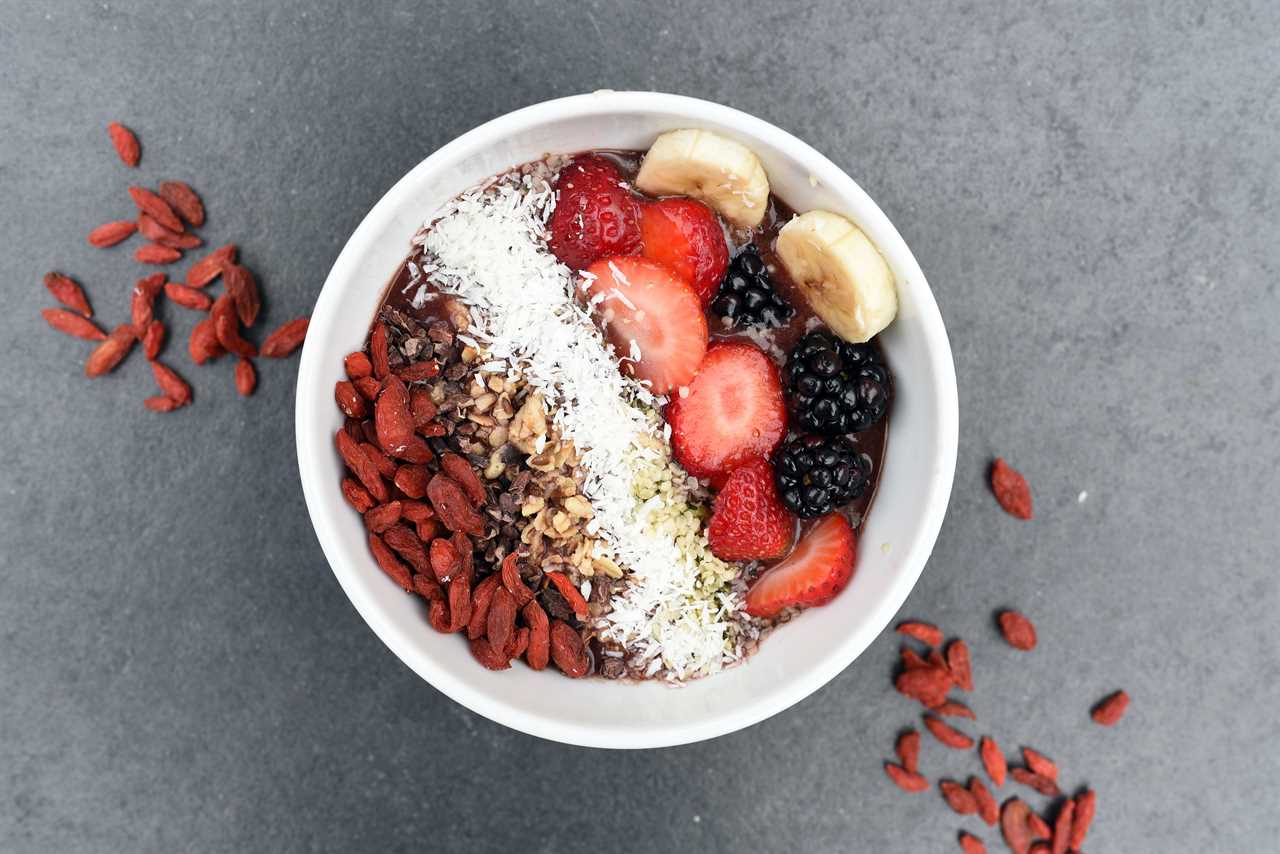
How Can You Determine the Freshness of Organic Produce Without Relying on the PLU Code?
To determine the freshness of organic produce without relying on the PLU code, there are a few alternatives.
One method is to use your senses. Look for any signs of wilting, browning, or mold. Feel the texture of the produce to ensure it is firm and not mushy.
Another option is to ask the farmer or seller about the produce’s harvest date. Additionally, you can check for any certification labels or seals that indicate the produce has met certain organic standards.
As for extending the freshness of berries, soaking them briefly in water with vinegar can kill mold spores and help them stay fresh longer.

What Other Uses Are There for Bread Ends or Scraps Besides Making Croutons, Stuffing, and Breadcrumbs?
Bread ends and scraps have more uses than just making croutons, stuffing, and breadcrumbs. They can be transformed into delicious French toast or bread pudding, adding variety to your breakfast or dessert menu.
When it comes to determining the freshness of organic produce, color and texture indicators are key. By examining the vibrant hues and firmness of the fruits and vegetables, one can ensure that they are getting the freshest and most nutritious options available.
Are There Any Alternative Methods to Extend the Freshness of Berries Besides Soaking Them in Water With Vinegar?
There are alternative methods for extending the freshness of berries besides soaking them in water with vinegar. One method is to store the berries in a paper towel-lined container in the refrigerator. The paper towel helps absorb excess moisture and prevent mold growth.
Another method is to place the berries in an airtight container with a piece of bread. The bread helps absorb moisture and keep the berries fresh for longer.
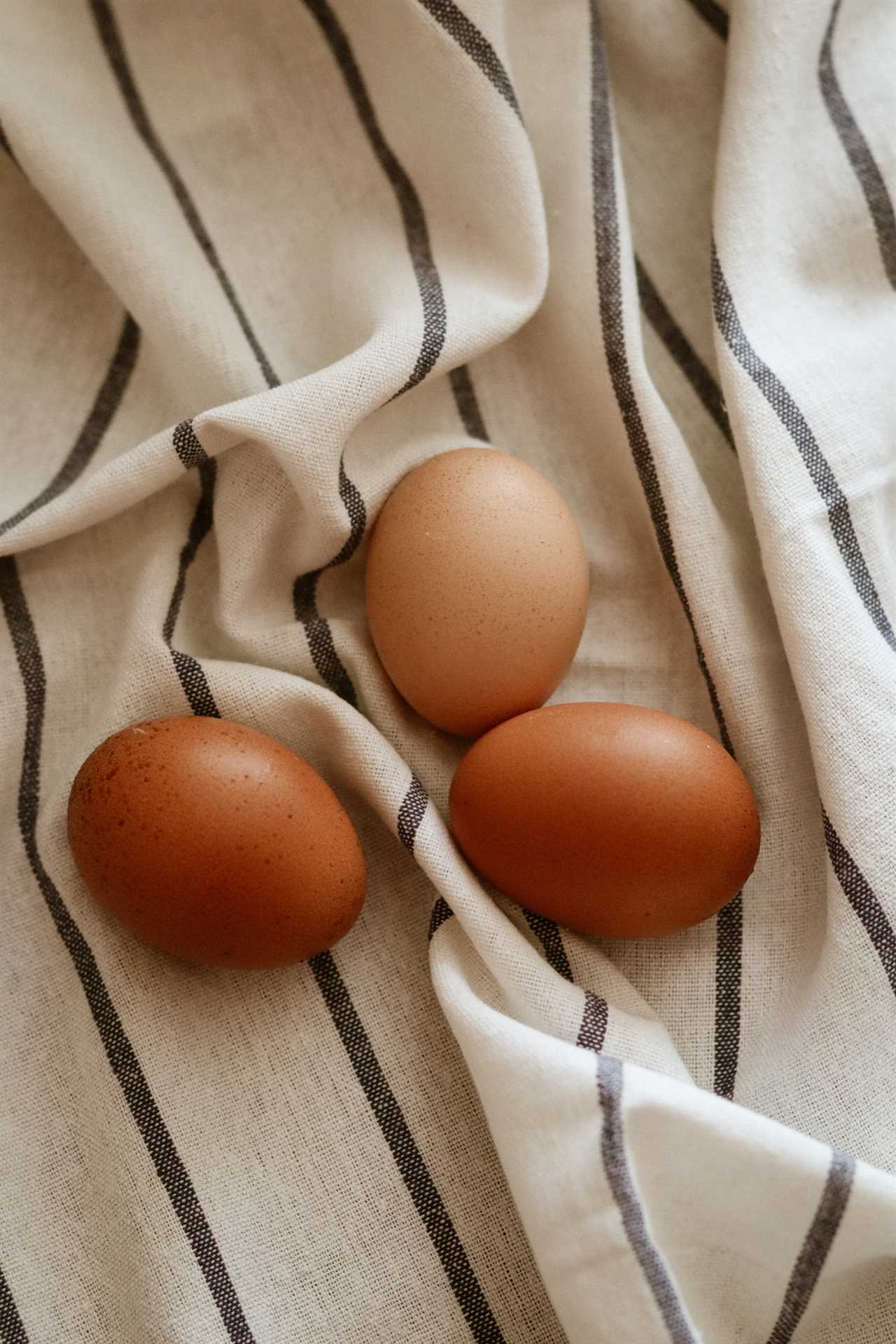
These methods can help maintain the freshness of berries without the use of water and vinegar.
Is There a Reliable Way to Test the Freshness of Eggs Without Having to Float Them in Water?
There are creative ways to use eggs without having to test their freshness. One option is to make egg-based dishes like quiches, frittatas, or omelettes, where the eggs are cooked thoroughly.
Another idea is to use eggs in baking recipes, as they are typically cooked at high temperatures for extended periods of time.
As for extending the shelf life of organic produce, storing them properly in the refrigerator and using airtight containers can help to preserve their freshness for longer periods of time.


